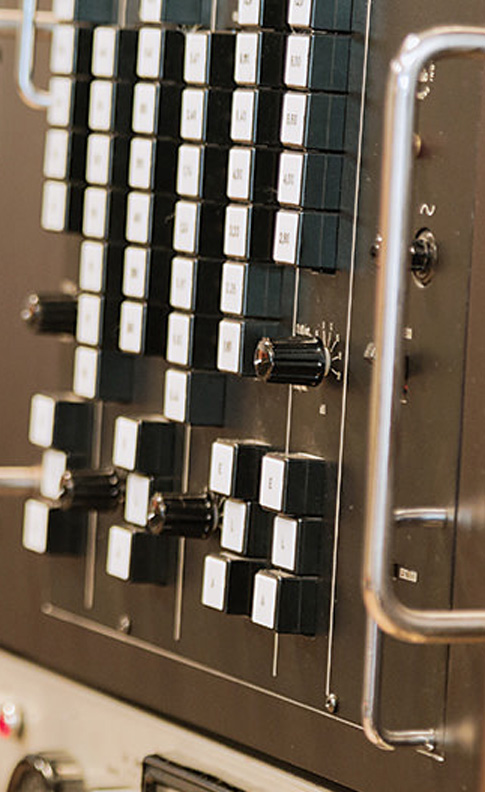A few nights before sitting down to write this column, I had a fascinating discussion about speaker design and acoustics with Eric Blackmer, son of the late David Blackmer (whose initials are in dbx). I can't tell you about the secret products that Eric and his partners are prototyping in his beautiful New Hampshire barn, but I can tell you that their Phasx PX Series speaker systems [phasx.com] sound phenomenal. I heard the smaller PX150 desktop kit in my studio a few months ago, and the larger PX600 nearfield in Eric's barn. Two topics of our talk that evening were phase-correction, particularly in regards to achieving time-domain accuracy, and reducing speaker-boundary interaction in order to minimize adverse reflections. The next day, I spent a few hours in my studio updating the firmware and software for my miniDSP DDRC-22D Dirac Live audio processor [minidsp.com]. The DDRC-22D is an affordable ($725), two-channel, digital-processing unit that utilizes Dirac Live software [dirac.com] for measuring and optimizing the performance of speakers in a room. For decades, the traditional approach to "room correction" has been EQ – attempting to flatten the frequency response of the playback system in a room. Unfortunately, leaning strictly on EQ tends to further exasperate any problems in time-domain response – which can lead to smeared transients, loss in clarity, poor stereo imaging, and a collapsed soundstage. On the other hand, since 2001, Dirac Research has been developing algorithms that focus first on impulse response before tackling the frequency response. The company's products exist within the broad landscape of luxury-automobile, home-theatre, head-fi, and mobile-phone markets; but I've yet to meet anyone in the pro audio world that's heard of Dirac. Most of us think of Sonarworks Reference [Tape Op #131], IK Multimedia ARC, or Trinnov Audio when speaker/room correction is mentioned; unfortunately, Sonarworks is EQ-only, ARC is a plug-in that suffers from excessive skeuomorphism, and a Trinnov system starts at five times the cost of a miniDSP Dirac unit. (Dirac Live is also available as a software-only product for Windows and macOS.) My control room is well appointed with acoustic treatment from Artnovion [#120], RealTraps [#85, #48, #38], XIX Acoustics [#92], Primacoustic [#119, #114, #101], and Acoustical Solutions [#37]. I also employ two PSI Audio AVAA C20 active bass traps [#114]. Using Room EQ Wizard [roomeqwizard.com], I'm able to see that my room, with HEDD Type 30 monitors [#118], measures nearly flat at mix position, and decay times (due to resonances) are well controlled, even at the lowest frequencies. Most visitors to my studio are impressed with what they hear. Does that mean my room is not a good candidate for Dirac Live? On the contrary, when I first patched the DDRC-22D into my monitoring chain a couple years ago (feeding my Dangerous Music CONVERT-2 DAC [#109]), I easily heard palpable improvements. The sound was tighter, I could perceive more detail, and I could make mix decisions with more confidence. Granted, it wasn't as easy as plugging in a box and turning it on. Using the calibrated USB mic (included) and a software application downloaded to my computer, I had to take an array of measurements, moving the mic according to points represented in the interactive tutorial. Once measurements were completed, the frequency and impulse responses were available to see, and I could tweak the desired response before the correction filters were generated accordingly. Multiple correction filters can be stored and readily recalled; for example, you can spread out your measurement points to generate a filter with a wider sweet spot for use during an attended session, or focus your measurements for solo mixing. Sound & Vison [soundandvision.com] published an informative interview with Dirac co-founder Mathias Johansson, who talks about patented approaches to speaker/room correction and the pitfalls of overcompensation. –AH

